"In case you hadn't noticed, there's a lot to be said for the simple joy of racing a motorbike around an oval dirt track. While the noble sport of speedway may be the root of these things, the shale is "
Methanol & Dirt
Speedway is the original blue-collar motorsport. The simple, stripped down discipline journeyed from the dirt tracks of the Antipodes to the forest enclosures of metropolitan Essex and back again. We take a look at the rich heritage of methanol and dirt…
The National Speedway Museum at Broxbourne is a surprising place. Set within Paradise Wildlife Park, a colourful animal sanctuary and family entertainment centre in the pretty countryside of Hertfordshire, there’s little to hint at the textured treasure trove that awaits the Speedway enthusiast.
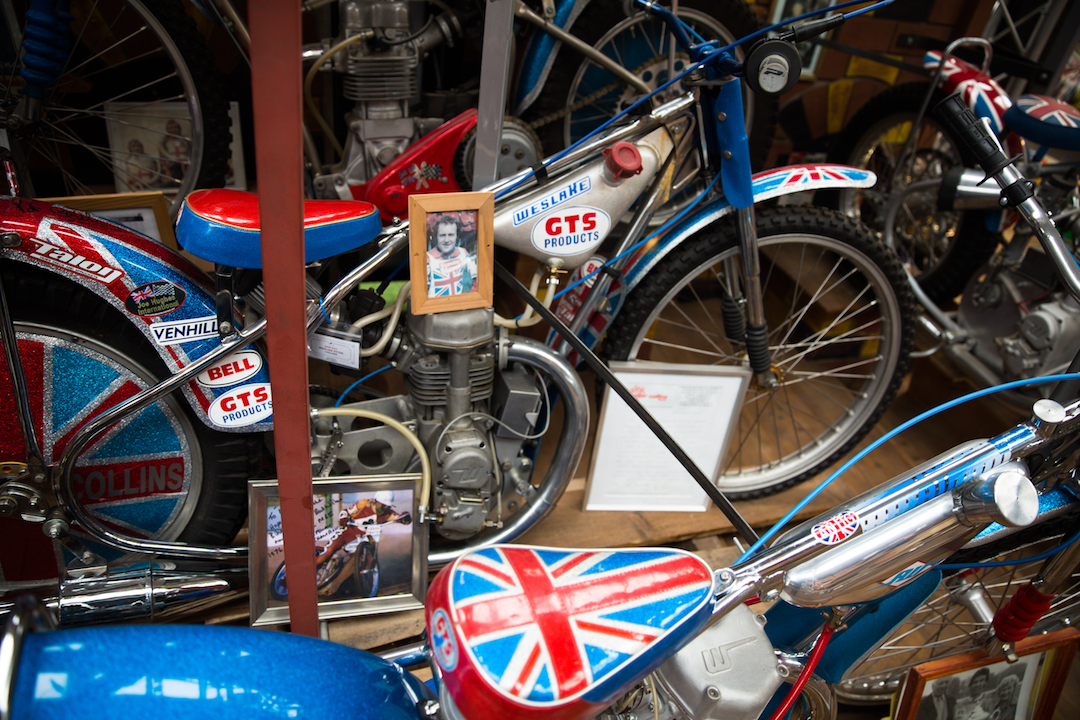
‘’Back in 1928 when Speedway hit Britain for the first time at High Beech in Essex, there was little else going on for working class people in the way of entertainment,’’ says Bert Harkins. Bert, who powered through an illustrious racing career that spanned the Speedway racing globe, is originally from Glasgow. Residing these days down the road from Broxbourne, he is one of the leading advocates of Speedway’s heritage. Bert has been instrumental in the curation and care of the Museum, and is front and centre of the World Speedway Riders’ Association. ‘’I just remember the pure adrenalin kick I got from taking off from the tape on one of these bikes for the first time’’, he says. ‘’There was nothing else like it for me. I’ve been hooked ever since.’’
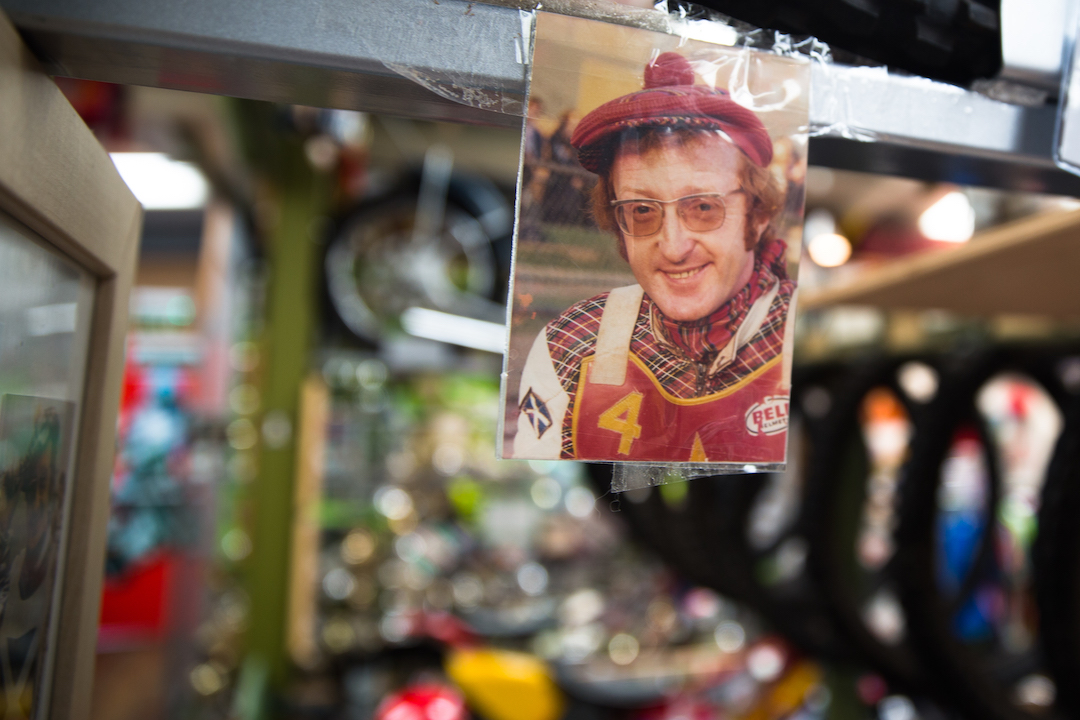
Bert is showing us around the small but perfectly formed Museum space, which houses a host of collections ranging from cycle speedway bikes and the earliest dirt trackers from Douglas, to cutting edge JAP and Jawa brutes. The entire material culture of speedway is represented, from pin badge collections, historic race night programmes to lids, leathers and every kind of ephemera the Speedway enthusiast could imagine.
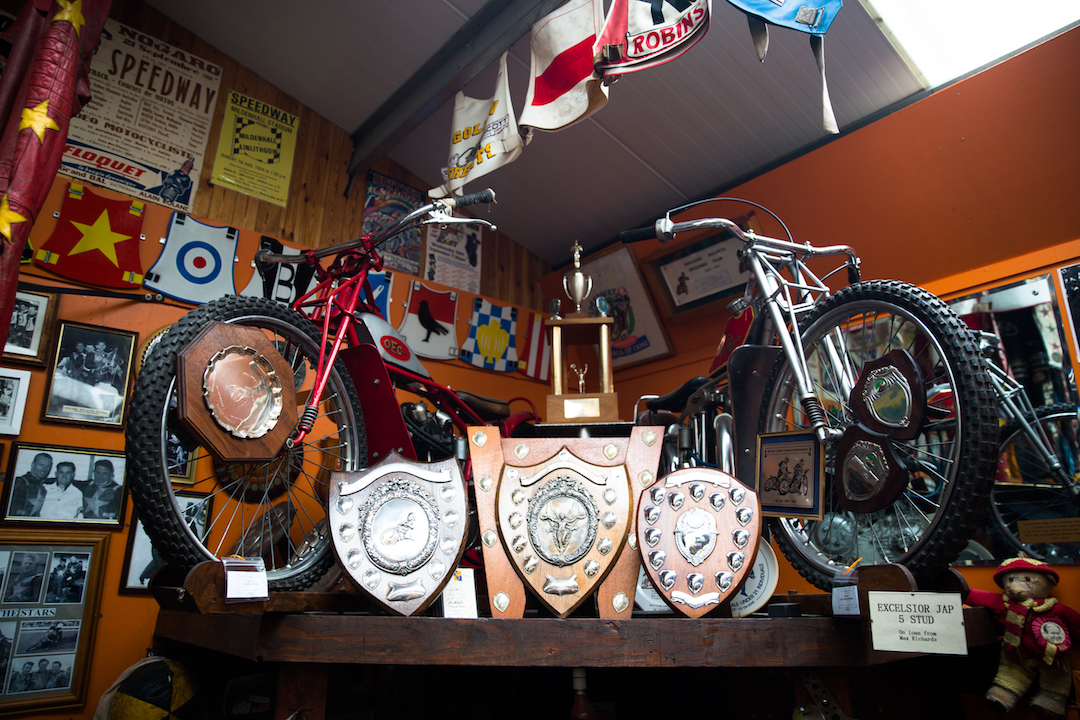
‘’Speedway owes a lot to what happened at High Beech’’, he says… ‘’It got its appeal by being a great family spectator sport and a real team event — as well as because of the danger and the drama of four people sliding around a dirt track at full tilt…’’
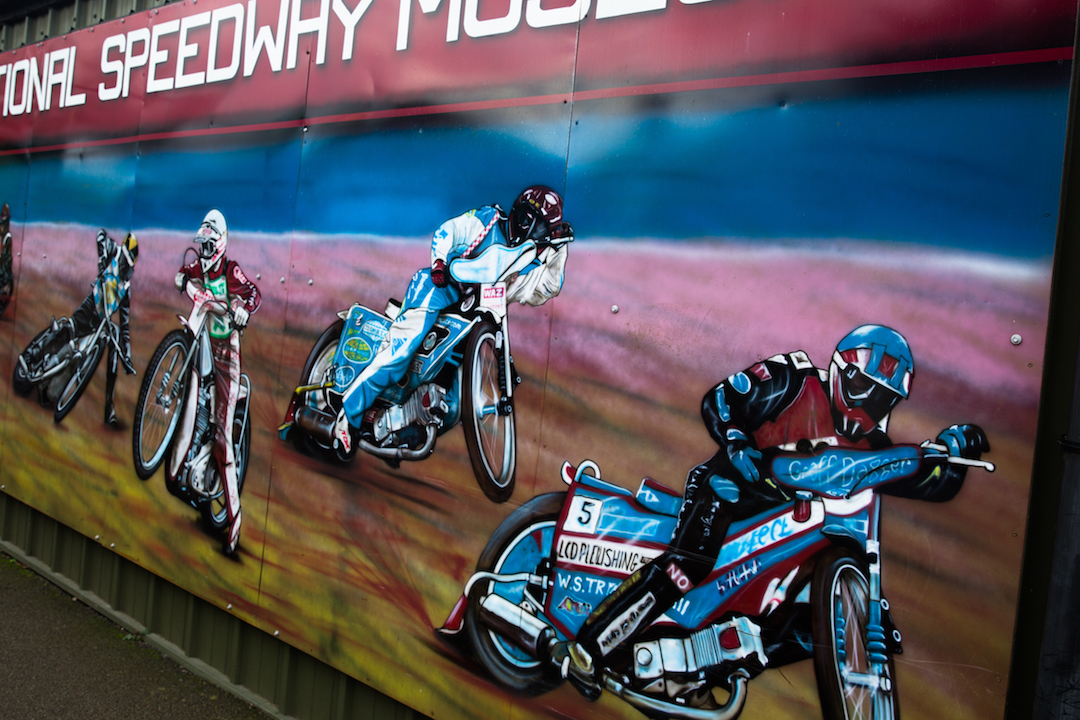
From steady beginnings in Edinburgh and Glasgow in the early nineteen sixties, Bert’s career really took off in nineteen sixty seven when he journeyed to Australia, the motherland of the sport. ‘’I’m not sure why it happened, perhaps it was something to do with the sunshine, but after luckily getting place on the team in Melbourne, I went on to break lap records and win state championships. It was a special time in my life and a moment when speedway was really one of the most popular sports in the world…’’
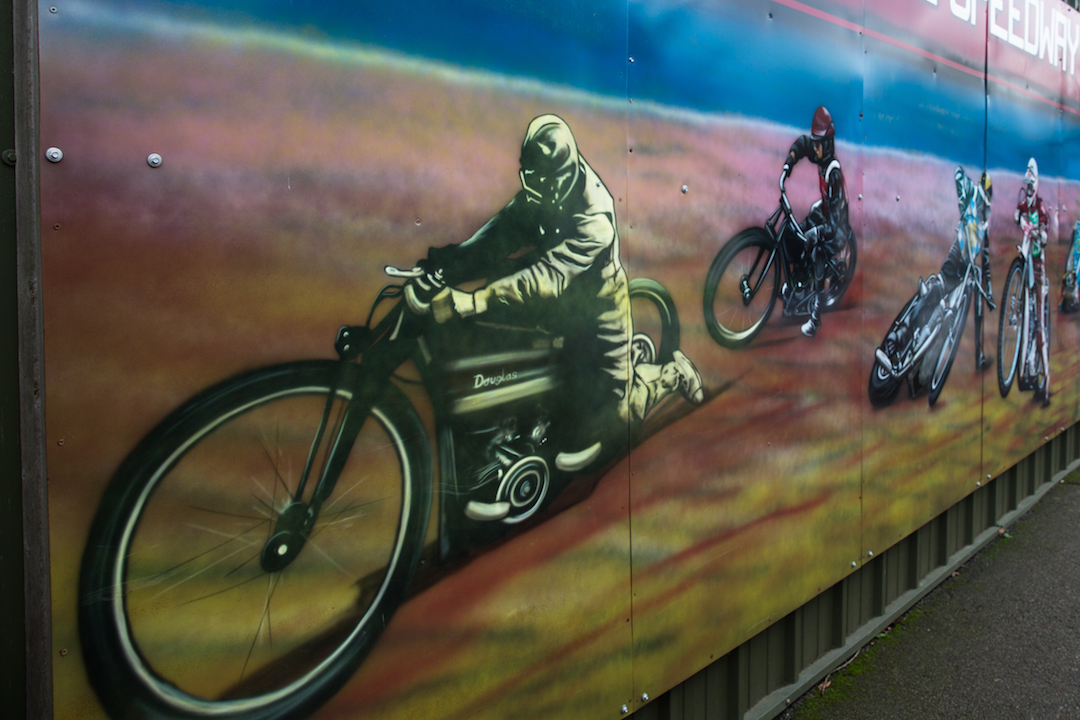
The international Grand Prix Speedway scene is thriving — and as Influx readers will know Britain has a three time World Champion in Tai Woffinden. Marquee events at Millennium Stadium draw a huge and enthusiastic crowd year in year out. And though the local league scene in the UK has been struggling to compete in a rapidly changing ecosystem of motorsports, Bert and his colleagues are confident that the sport’s heritage represent strong roots that will anchor the future.
‘’It’s been tough to replicate the huge spectacle of the GP events at a local level, he says, but there are real strong young riders like Sam Hagon coming through, and a load of good people carrying on Speedway in the family tradition, which will hopefully mean that the generations keep on coming…’’

CLICK TO ENLARGE









